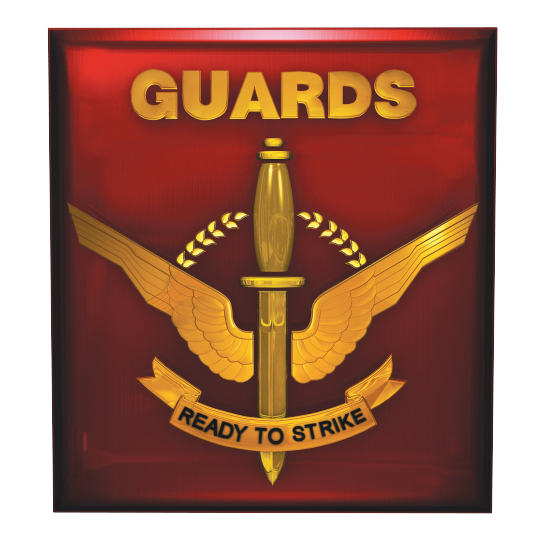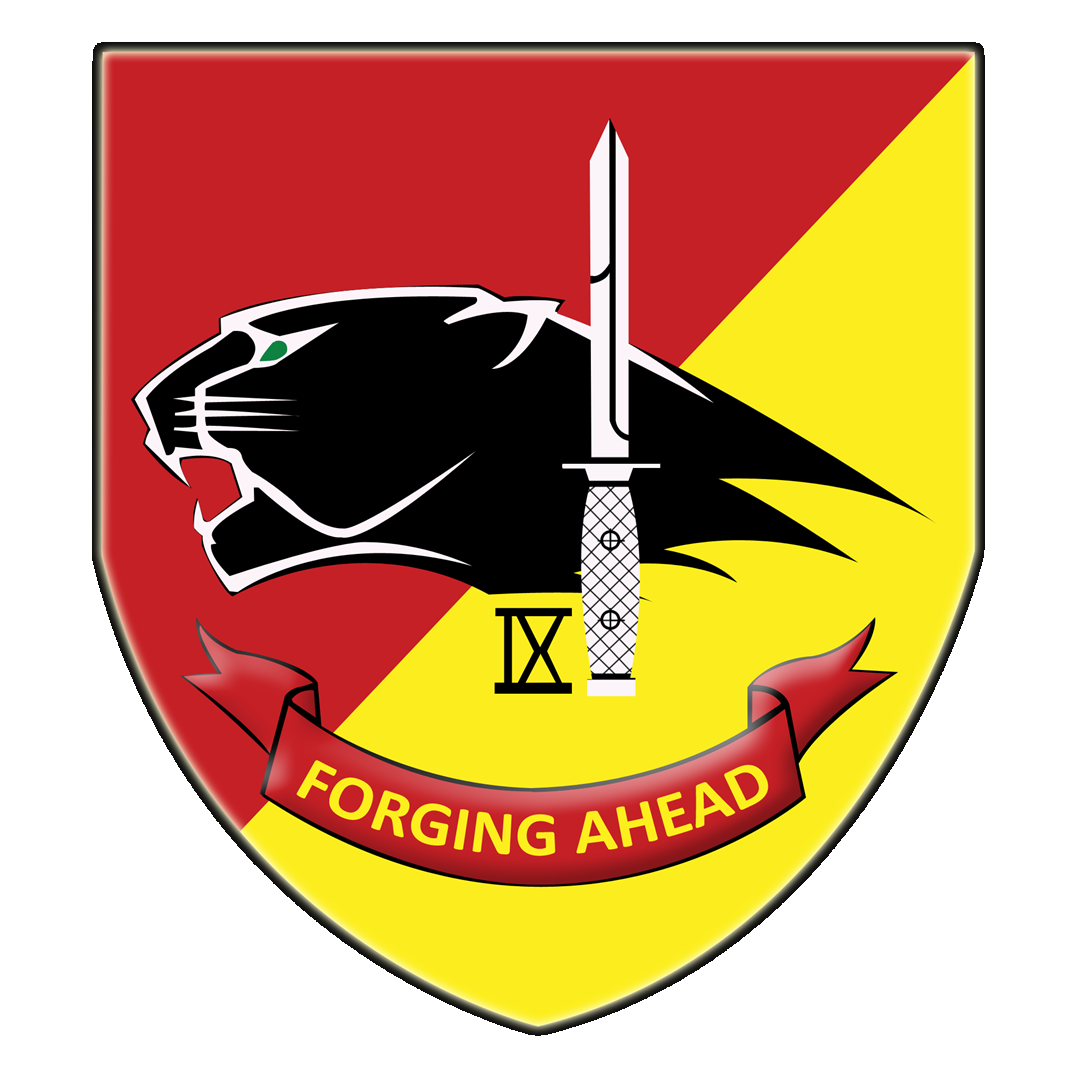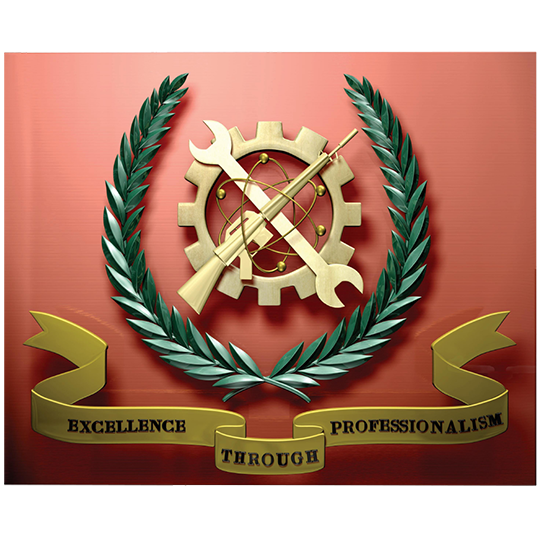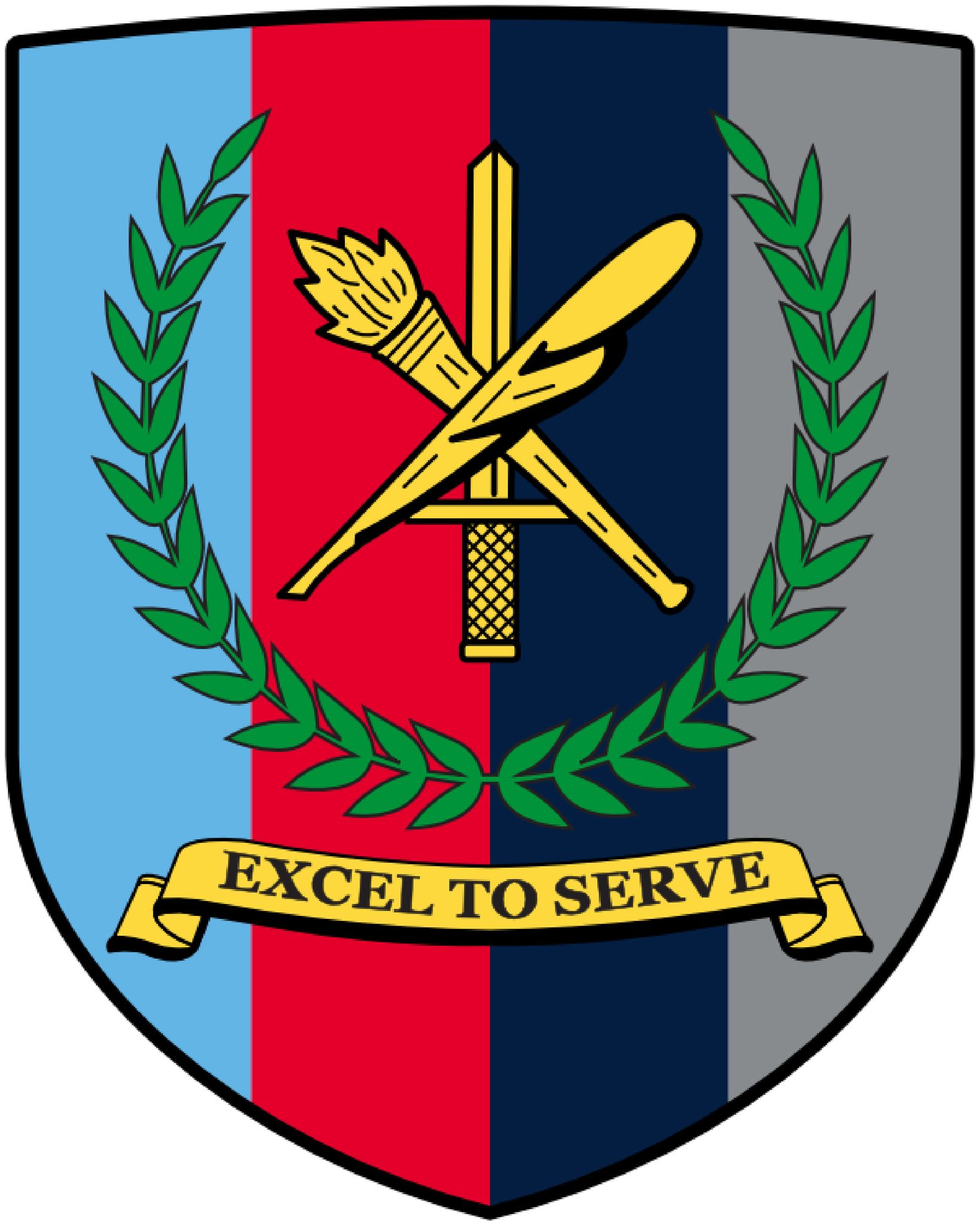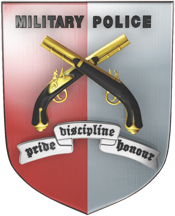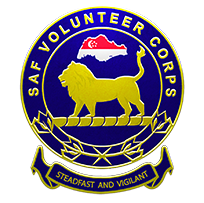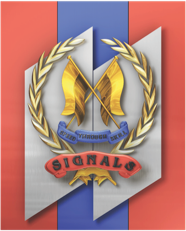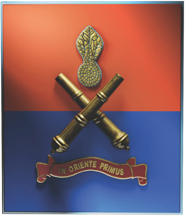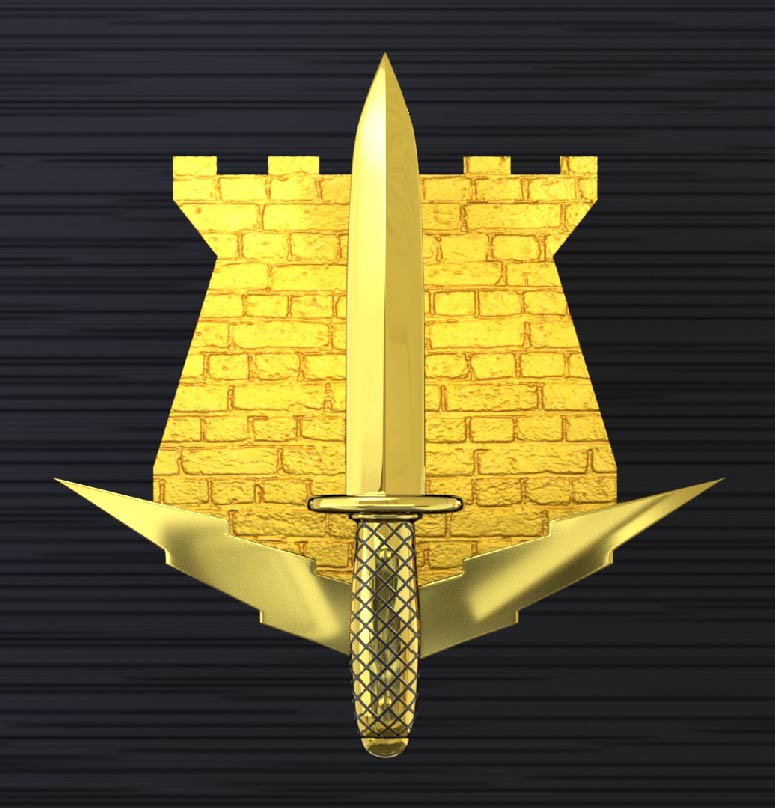 Web Content Viewer
Web Content Viewer
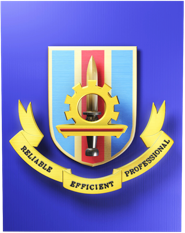
Supply supports Republic of Singapore Air Force (RSAF) and Republic of Singapore Navy (RSN) Ground Logistics requirement, leveraging on the common material, land transport & related maintenance resources that lies in CSSCOM to derive potential ops cost saving. In addition, Supply is responsible for equipping of our soldiers from intake equipping to kit replacement via retail at 34 Army eMarts. Supply also took on the additional role of Facilities Management and Camp Maintenance to provide oversight and ensure business continuity of our camps.
Supply is responsible for the feeding of our soldiers from the daily cookhouse operations, both in-country and at the OTCs, feeding for major events such as NDP, Field Ration development and production as well as governing food safety, ration policies, dietary reviews and nutrition enhancements. Lastly, Supply also manages warehousing at Army Logistics Base (ALB), which is the one-stop warehousing to equip Army, SAF and national needs.
Supply began the consolidation effort for mechanised cluster in Sungei Gedong Camp with 42 SAR as the first unit to undergo the transformation as part of the pilot implementation. This will see 42 SAR’s Battalion stores being consolidated under CCO Sungei Gedong (CCO SGC) and have her logistics supported by Ops-Tagged QM Platoon under CCO SGC. This effort will enable active units and training institutes to focus on ops readiness and training outcome, while the Army supply system will be responsible for equipping and sustainment from peace to operations as well as the pursuit of peacetime administrative excellence. The pilot centralisation effort will also help stage Supply Formation for future transformation as valuable lessons and Standing Operation Procedures will be registered and promulgated for the rest of the Supply Bases in near future.
The Supply formation commands, plans and provides logistics support across the full spectrum of operations.
Supply assistants are trained to plan and implement the transportation of goods, equipment, and services. Supply vocationalist plays an important role in ensuring logistical support is promptly and readily available for all SAF missions, allowing other formations to concentrate on their mission objectives. Supply vocationalist serve as the custodian of the SAF’s inventory, and manage and account for all our capabilities and equipment.
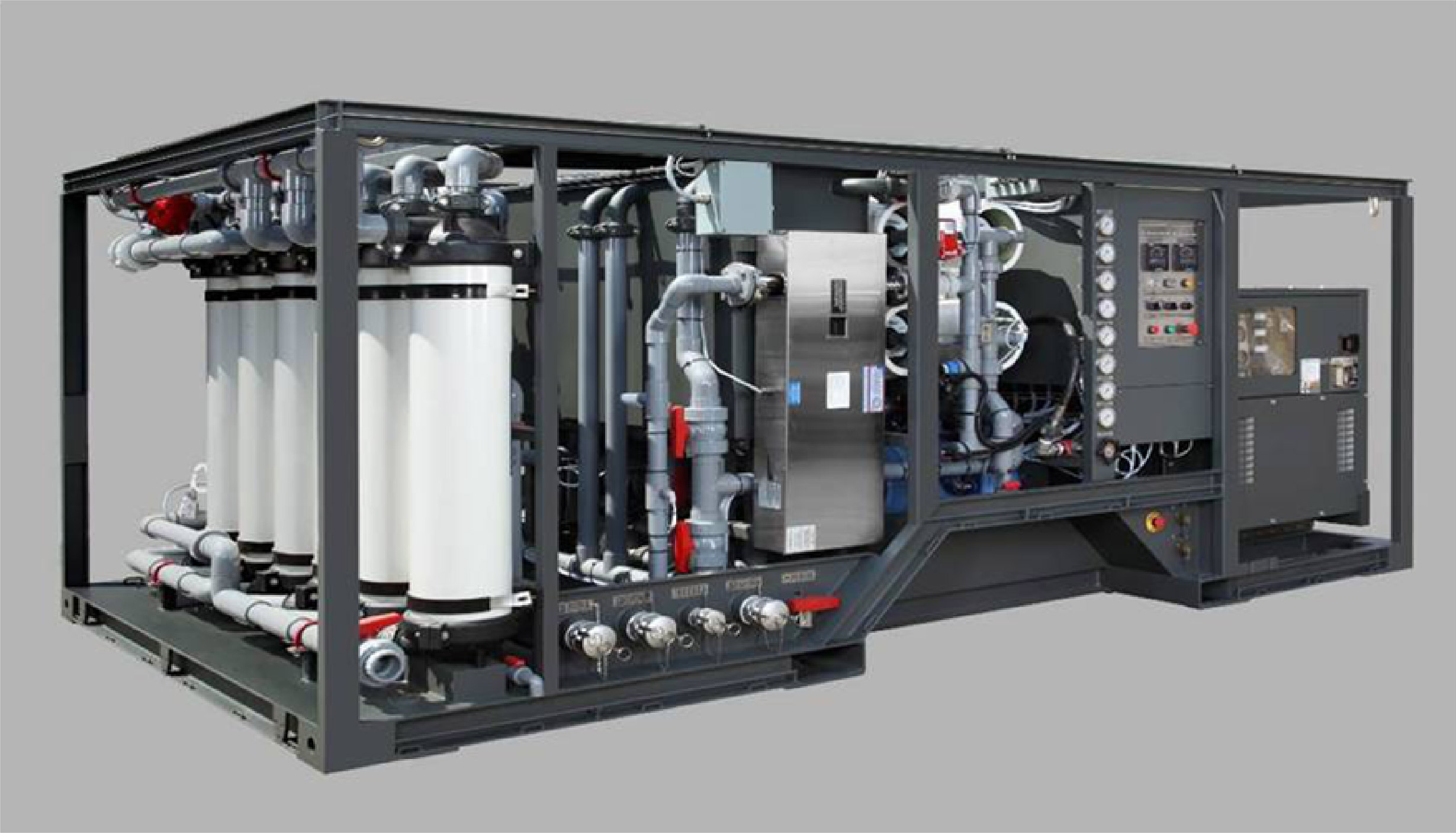
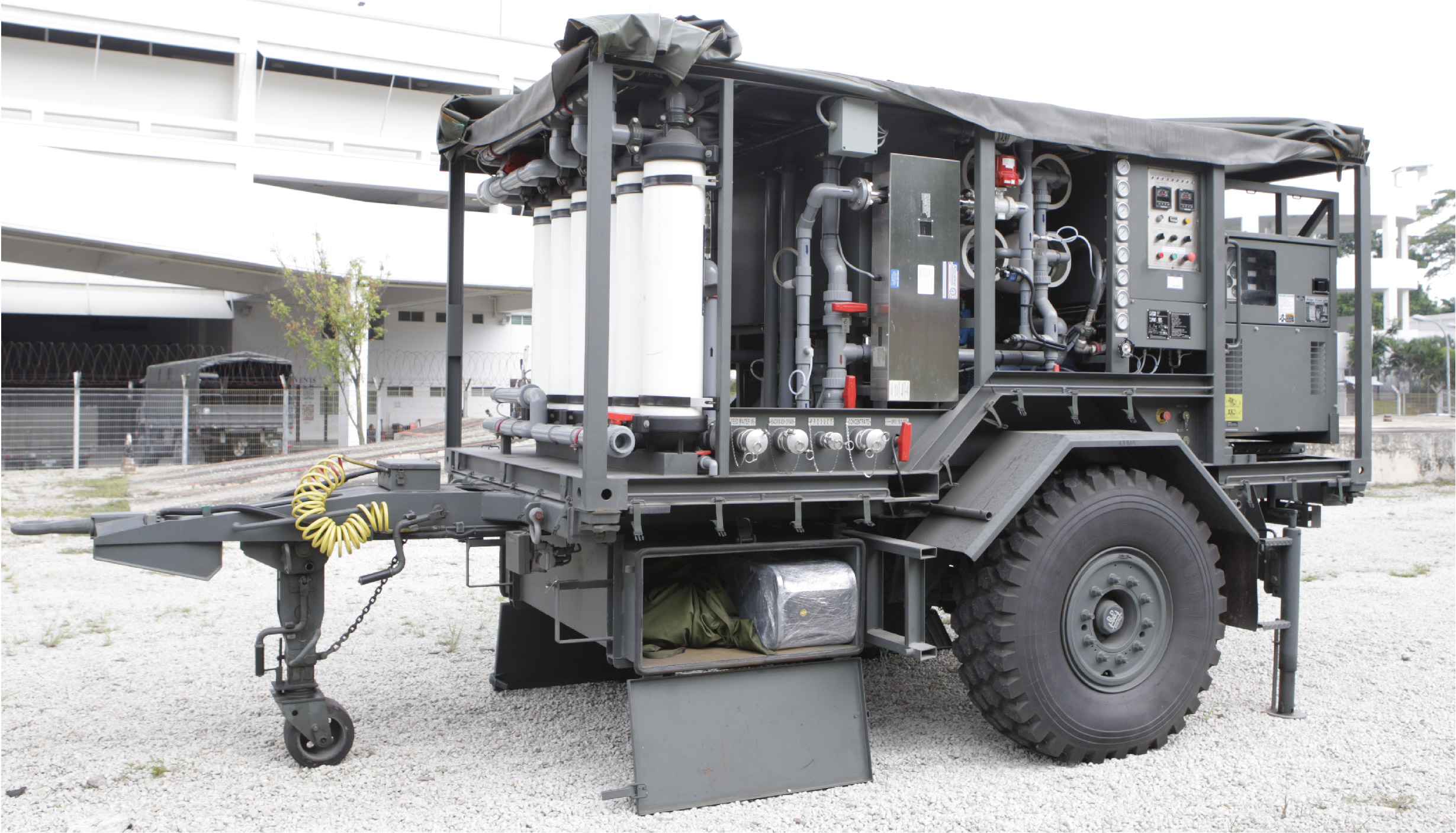
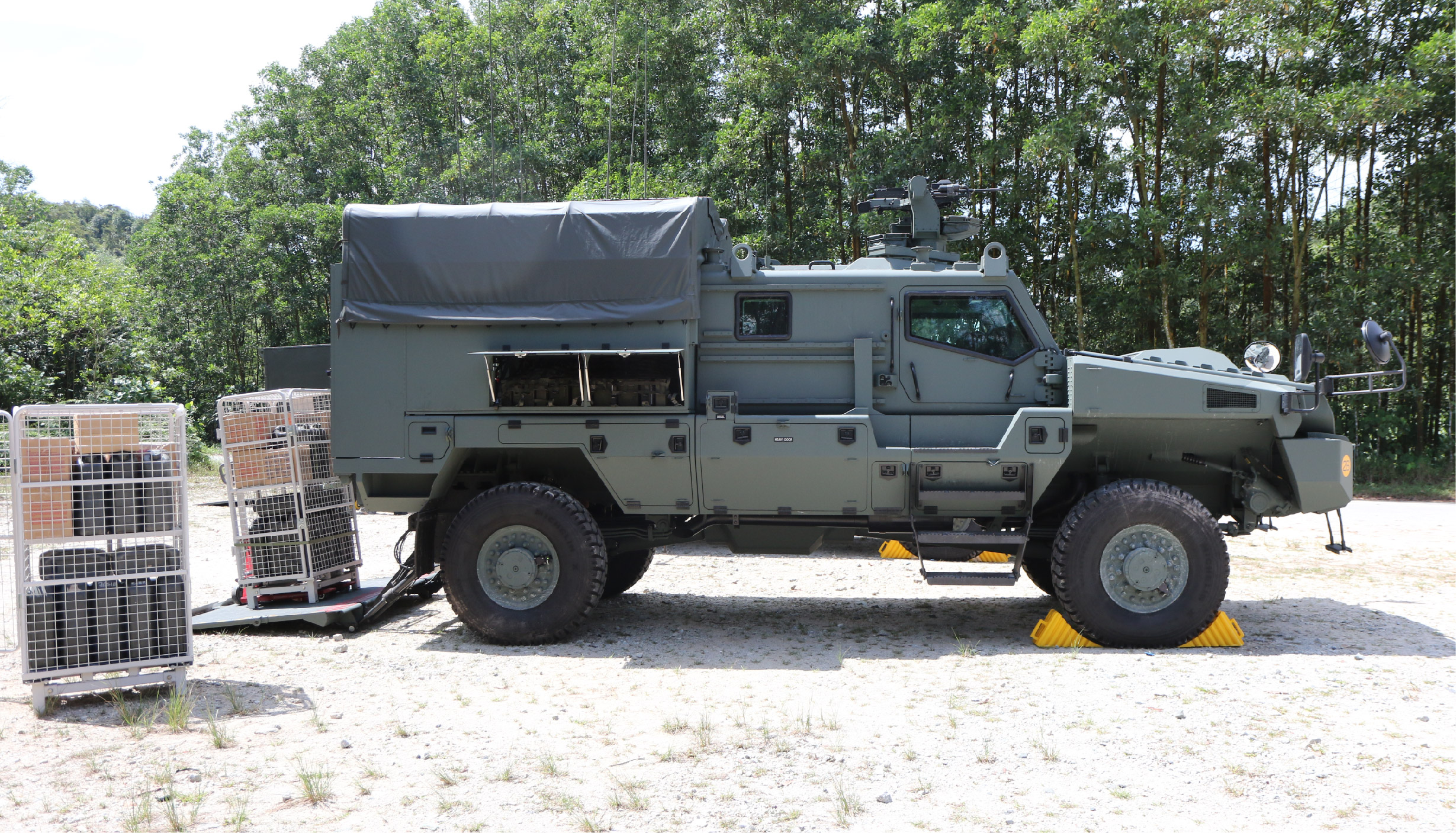
Water Purification Unit (WPU)
Supply Hub West is the caretakers of the fleet of Water Purification Units (WPU). The WPUs are based on Reverse Osmosis (RO) technology, and the machines purify feed water to enable the product water to be safe for human consumption.
The WPUs are capable of purifying water from non-potable water bodes that may be contaminated with chemical, biological and/or radiological contaminants to WHO/NATO drinking water standards. Contaminated freshwater can be purified at a rate of 3000L/Hr, and non-fresh water sources such as seawater can be purified at a rate of 1700L/Hr.
Role
To provide an SAF equipment that is able to provide freshwater at the discretion of the SAF.
Technical Characteristics (Without trailer)
Weight – 5,790kg (Dry)
Length – 4.0m
Width – 2.1m
Height – 1.61m
Crew – 4 men
Water Purification Unit (WPU)
Supply Hub West is the caretakers of the fleet of Water Purification Units (WPU). The WPUs are based on Reverse Osmosis (RO) technology, and the machines purify feed water to enable the product water to be safe for human consumption.
The WPUs are capable of purifying water from non-potable water bodes that may be contaminated with chemical, biological and/or radiological contaminants to WHO/NATO drinking water standards. Contaminated freshwater can be purified at a rate of 3000L/Hr, and non-fresh water sources such as seawater can be purified at a rate of 1700L/Hr.
Role
To provide a highly mobile SAF equipment that is able to provide freshwater that is able to move at a moment’s notice.
Technical Characteristics
Weight – 5,790kg (Dry)
Length – 5.9m
Width – 2.25m
Height –2.3m
Crew- 4 men)
Suspension- Leaf Spring
Tyre- 14,00R20
Tow Eye Size – NATO 76.2mm
Protected Combat Support Vehicle (Logistics)
In a motorised infantry Battalion, each Company train would be allocated with a Protected Combat Support Vehicle (logistics) for responsive sustenance during operations. The capabilities of the PCSV (Logistics) are its Protection, Networked systems and Storage system which enables the company logistics trains to close-in and replenish the combat forces effectively.
Protection
The vehicle which sits three personnel, namely the vehicle operator, Company Quartermaster Sergeant (CQMS) and Supply Assistant, is equipped with a Remote Machine Gun (RMG). The remote weapon system allows the CQMS to operate the RMG in the Vehicle Commander cabin without exposing himself to enemy fires. Unlike the conventional soft-skinned vehicles, PCSV (Logistics) offers protection against 7.62mm penetration and hence, increases the chances of survival of the Company trains on route from Brigade Support Area (BSA) to respective Company Resupply points and during resupply operations.
Networked System
The integration of Battlefield Management System (BMS) at the PCSV (Sup) will allow the CQMS to gain greater awareness of the battle situation, own forces’ location and also, possible enemy positions. By leveraging on this C2 system, CSS supply runs to the combat forces can be conducted timely and successfully.
Storage System
The PCSV (Logistics) has a large cargo deck of 10m3 that allows the storage and transportation of combat load. The logistics variant is equipped with a Power Tailgate System (PTS) to aid the loading and unloading of bulky loads from vehicle cargo body to the ground level and vice-versa. To allow a better organization of the essential combat load, the vehicle is equipped with two fixed shelves on both sides of the cargo deck and these shelves are designed for transportation of essential combat loads such as ammunition, water jerry cans and field rations. The right shelf’s bottom tier can also be accessed from both inside and outside of the vehicle. Items in the tiers are secured by nettings and labels are provided to remind operators of the Safe Working Load (SWL) on each tier.
The provision of 3 mobile storage cages (with a load capacity of 300kg) will also provide flexibility for the essential combat loads such as field rations and water jerry cans, to be configured in platoon level, hence, enhancing effectiveness in distribution of load to combat forces during replenishment.
Before 1990, 4 logistics formations, namely Supply, Transport, Maintenance and GS Command were under command and control of G4 Army, MINDEF. In 1990, the Supply and Transport Services were integrated to become Supply and Transport Formation and came under the command of HQ Army Logistics Command (HQ ALCOM).
A reorganisation of the logistics formation was carried out in 1994 in which HQ ALCOM was declared defunct whilst HQ Supply & Transport (HQ S&T) was established.
On 1 October 2006, due to the vast growth in strength and expansion of HQ S&T, the decision was made to separate HQ S&T into Supply Formation and Transport Formation. This is to allow both Formations to better enhance their peacetime and operational capabilities and attain their fullest potential. Supply Formation consists HQ Supply and 2 Supply Hubs, Supply Hub (East) and Supply Hub (West).
From 1 February 2007, the management of the Messing Supervisors and the Army Cookhouses came under the command of HQ Supply. As a solution to what was a decentralised management system that resulted in a lack of attention on their training and development, the new management allowed a more concerted effort to re-skill our Messing Supervisors, serving our Army better.
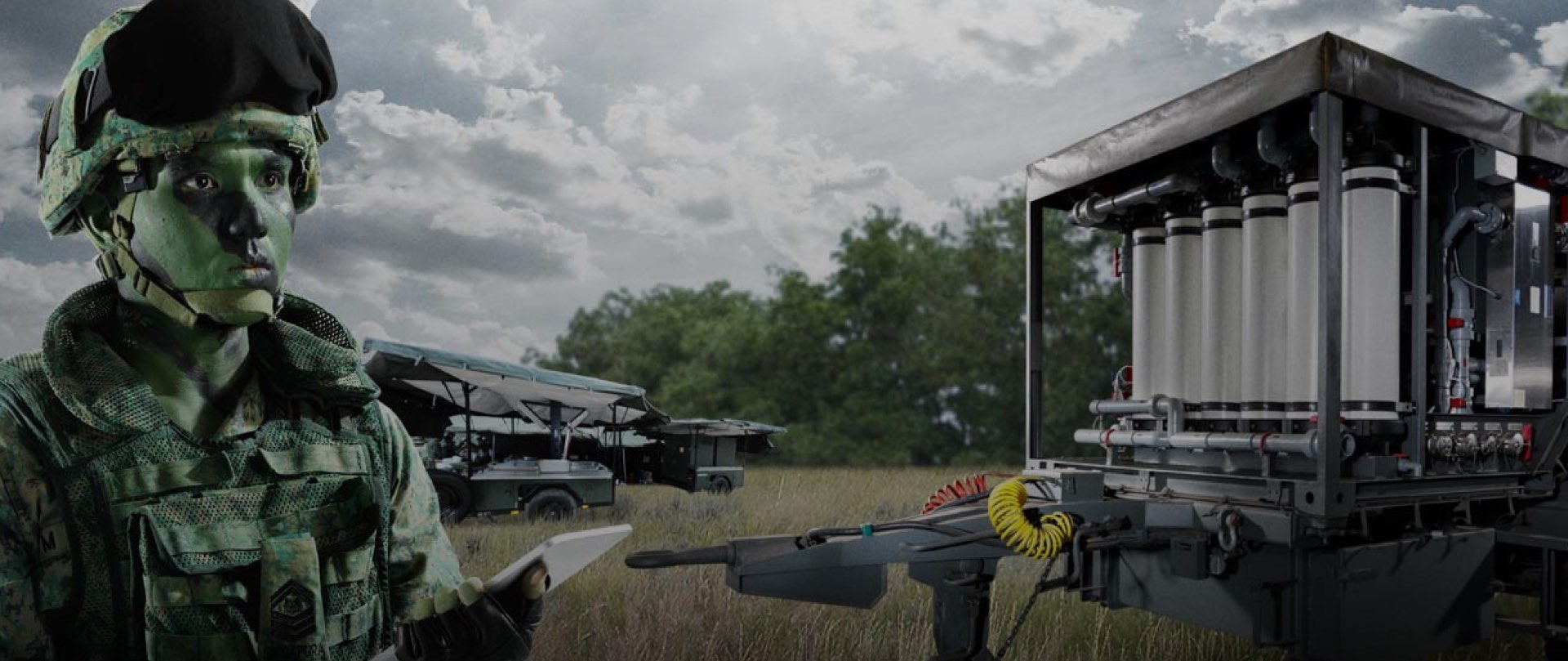

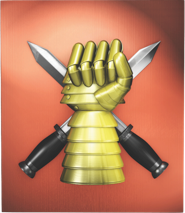
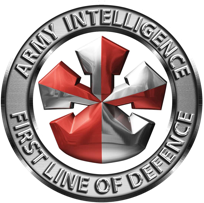
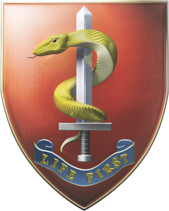
.png?sfvrsn=5f842510_1)
